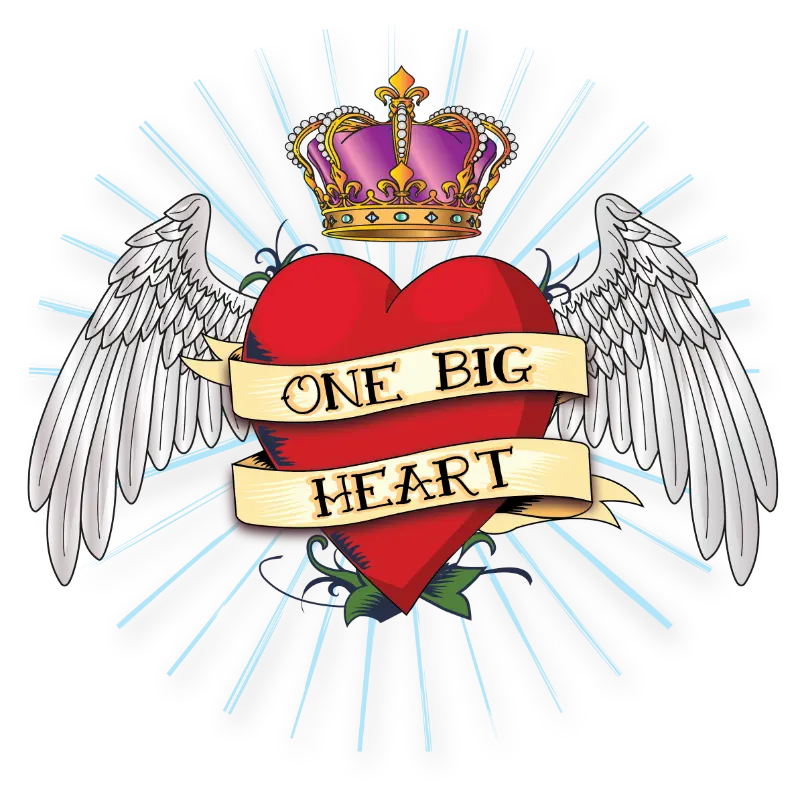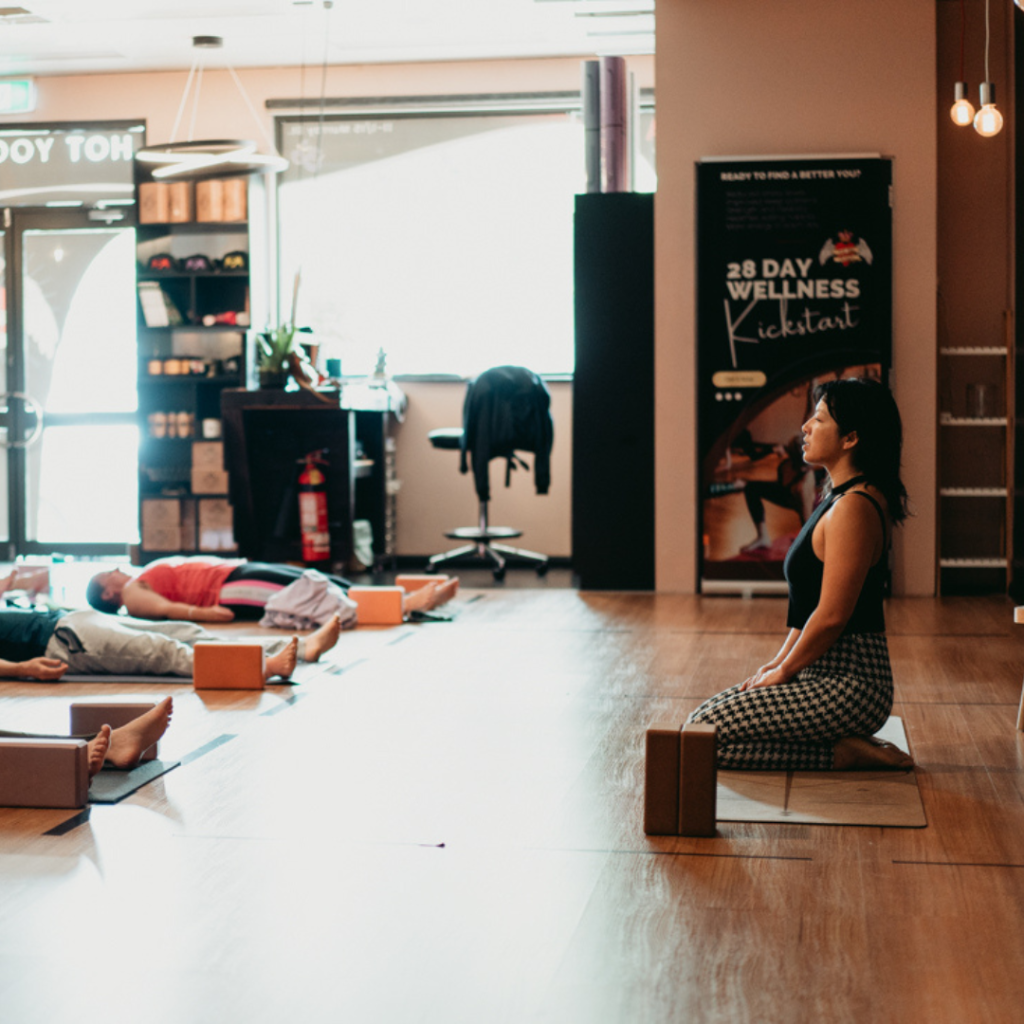Natarajasana, or Dancer’s Pose, is a visually striking and physically demanding asana that embodies the grace of a dancer and the strength of a warrior. This dynamic balance pose challenges the body and mind, offering a unique combination of stretch, strength, and stability. We explore the beauty and complexity of Dancer’s Pose, revealing how it can elevate your practice and bring a sense of poise and focus to your life.
The Elegance of Natarajasana
Dancer’s Pose involves standing on one leg, bending the opposite leg behind you, and reaching back to grasp the foot or ankle with one or both hands, depending on the variation. As you tilt forward, extending the grasped leg upward and back, your free arm reaches forward, creating a dramatic curve that mimics the gracefulness of a classical dancer.
Physical Benefits: A Symphony of Motion
1. Enhanced Flexibility and Mobility: Natarajasana stretches the shoulders, chest, thighs, and groin while improving the flexibility of the spine and hamstrings.
2. Strengthened Muscles: Balancing on one leg strengthens the thighs, ankles, and core, essential for stability and everyday movement.
3. Improved Balance and Focus: The concentration needed to maintain the pose sharpens mental focus and enhances proprioceptive awareness, aiding in balance both on and off the mat.
Emotional and Symbolic Significance
Dancer’s Pose is not just physically uplifting; it also holds profound symbolic meaning. It represents a release from constraints and an expression of freedom and joy. The pose encourages practitioners to find balance between control and surrender, mirroring the challenges of life where such balance is often necessary.
Practicing Dancer’s Pose: A Step-by-Step Guide
- Start in Tadasana (Mountain Pose), grounding through your feet and aligning your body.
- Shift your weight onto one foot, firmly planting it into the ground.
- Bend the opposite knee and bring the heel toward your buttock as you reach back with the same-side hand to grab the outside of your foot or ankle.
- Extend your other arm forward for balance as you begin to kick your foot into your hand, lifting the thigh away from the floor and extending the leg back and up.
- Tilt your torso forward as your leg lifts higher, creating a counterbalance with your forward-reaching arm.
- Hold the pose for several breaths, focusing on a spot in front of you to maintain balance.
- Gently release and repeat on the other side.
Integrating Natarajasana into Your Yoga Routine
Dancer’s Pose can be a peak pose in a sequence focusing on balance and flexibility, or it can be integrated into a flow that prepares the body with thigh and shoulder openers. It’s also a stunning standalone posture for those times when you need to foster a sense of achievement and self-expression.
Conclusion
Natarajasana is a celebration of the human body’s capabilities, showcasing what can be achieved with dedication and practice. Whether you are drawn to its aesthetic beauty or its physical and emotional benefits, Dancer’s Pose can be a transformative element in your yoga practice, inspiring strength, grace, and poise in every aspect of life. Embrace the challenge and beauty of Dancer’s Pose, and dance your way to a more balanced and joyful existence.


